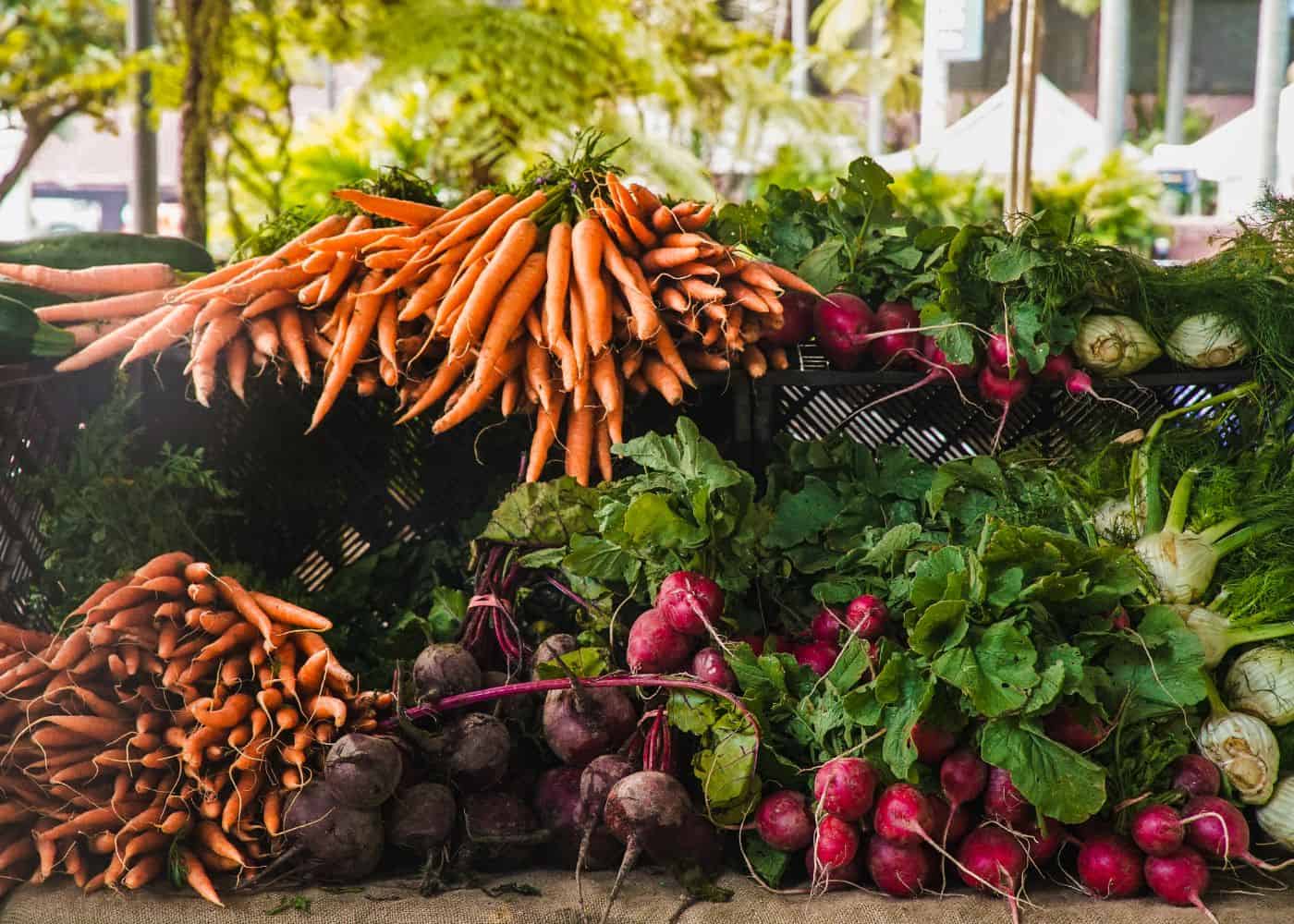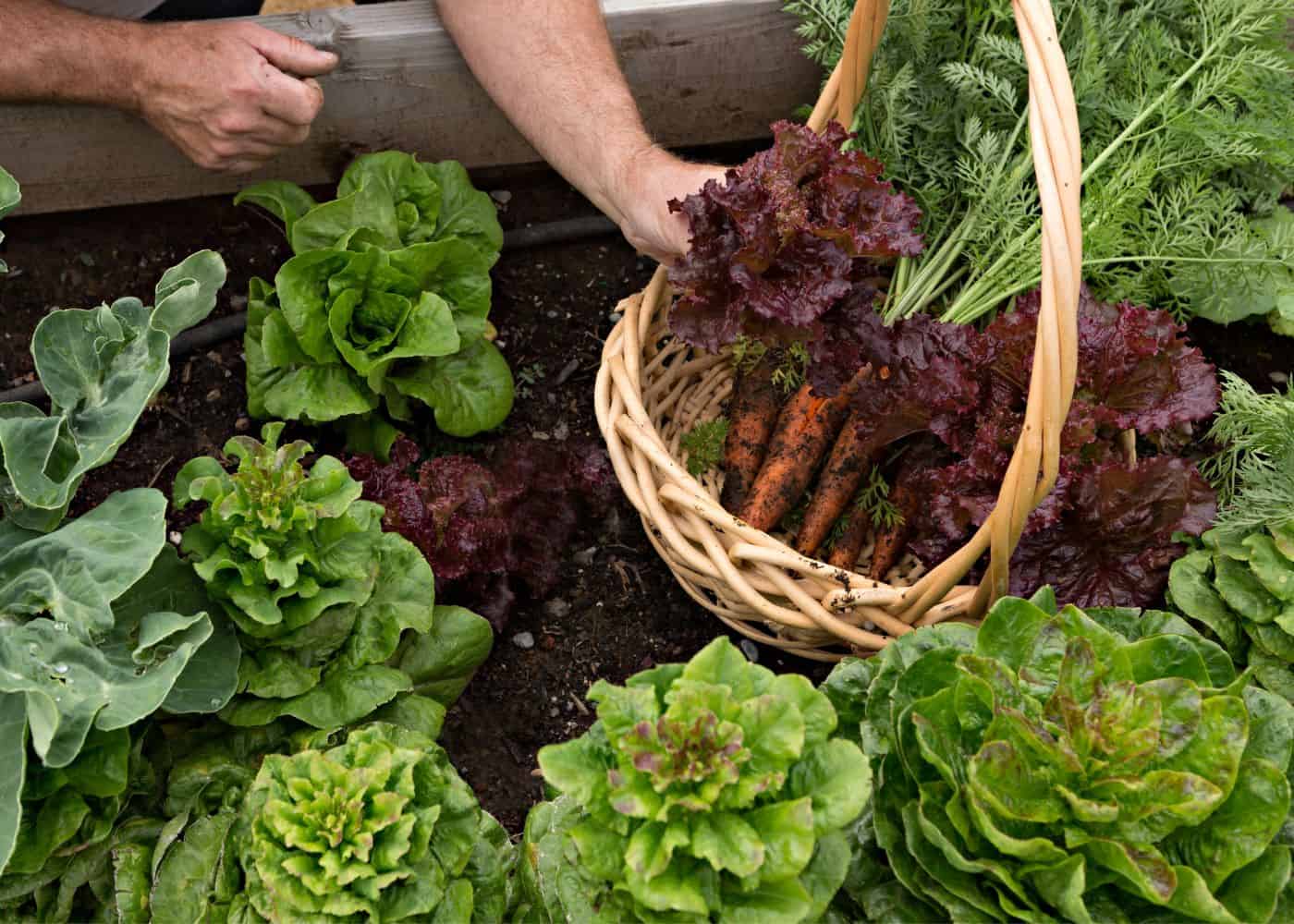Cool-season vegetables can survive and thrive in cooler temperatures without compromising their flavor or texture. From lettuce to cauliflower, these vegetables will give your garden an added boost of nutrition and color throughout the year. Learn more about what makes each of these cool-season veggies special so you can get started on your gardening journey today.

1. Lettuce
Lettuce is one of the most popular cool-season vegetables to grow. It is quite simple to cultivate and is best planted during early spring or late summer. There are many different lettuce varieties to grow (most of which fit into four main categories).
For best results, provide full sun and light frost protection for the plants. Soil should be well drained and amended with organic matter before planting. Lettuce seeds can be direct sown outdoors in the garden for harvesting baby greens, but transplanting seedlings is usually best for spacing control if you’re harvesting whole heads.
When it comes to harvesting baby greens, you can start picking leaves when they’re about 3 inches tall—just snip them off at the base of the plant with scissors. If you’d like larger heads of lettuce, let them mature on the plant for several weeks until they reach desired size; then cut off the entire head from the stem using a sharp knife or shears.
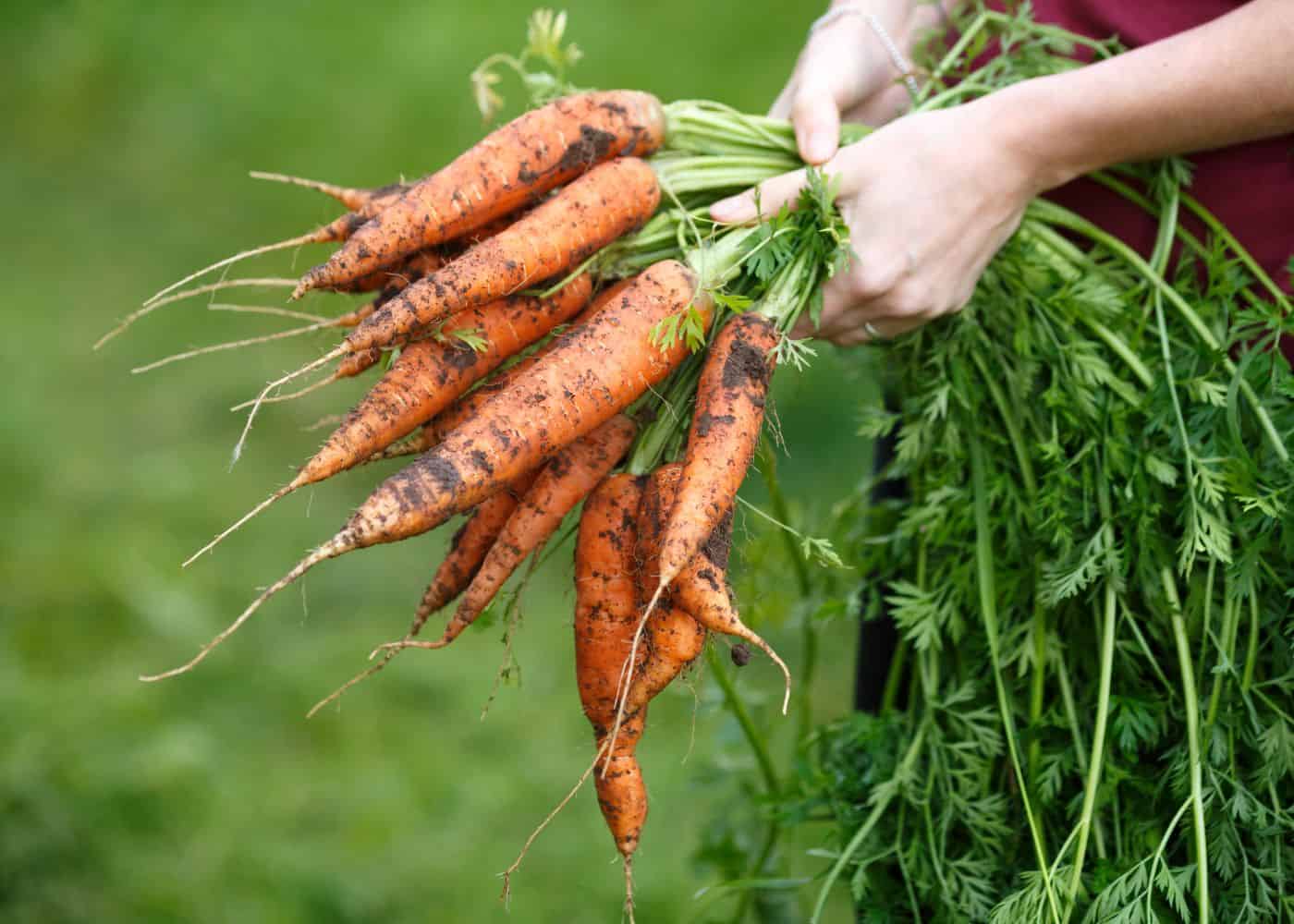
2. Carrot
Carrots are a staple of the cool season kitchen garden. Home gardeners should sow seeds when daytime temperatures reach at least 40 degrees Fahrenheit and the soil is thawed dry enough to work with. Here is a chart of vegetable seed germination temperatures to consult if you’re using a soil thermometer.
For optimal growing conditions, carrots need full sun and well-drained soil rich in organic matter. Carrots can tolerate light frost, but they won’t grow well if the temperature dips too low for too long. Carrots planted in late summer can even be overwintered in the garden (although you need to mulch the surface or the tops can get mushy due to freeze/thaw action).
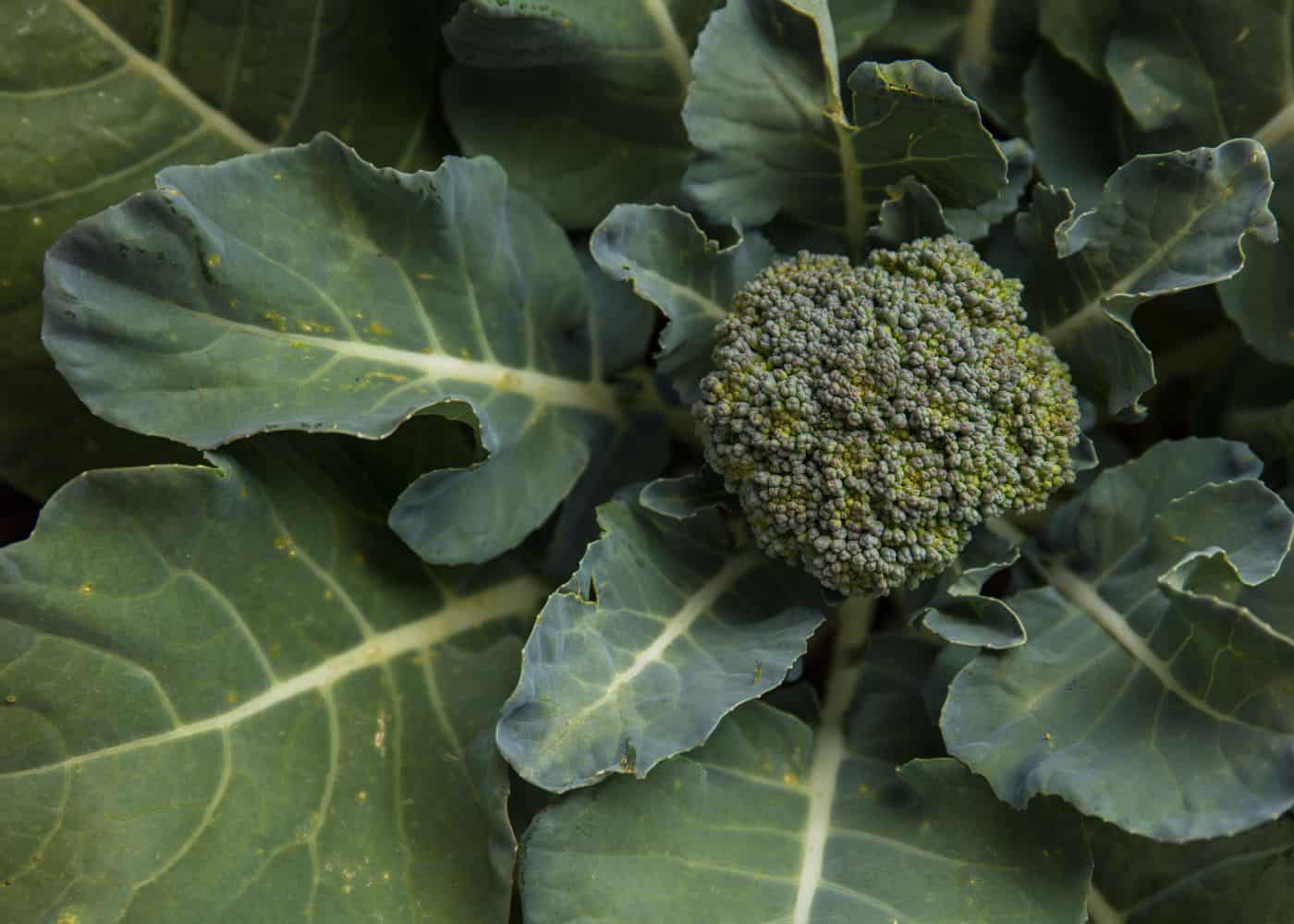
3. Broccoli
Broccoli is a highly sought-after vegetable in the chillier months, and it’s easy to understand why. Gardeners who want to lengthen their growing season can find broccoli a great pick, as it’s simple to cultivate in both the early spring and late summer.
Plant broccoli seeds in early spring or late summer. Wait to plant outdoors until cooler temperatures prevail and daytime temperatures are around 65°F (18°C). Choose an area with full sun exposure and well-drained soil that has been amended with organic matter. Broccoli can tolerate light frost but will not do well if exposed to warmer temperatures for extended periods of time.
Broccoli seeds are easy to plant. They can be planted indoors to grow baby seedling transplants, or you can direct seed them straight into the soil outdoors.
Once established, water regularly throughout the growing season; this helps keep heads firm and prevents bolting during hot weather spells. Keep weeds away from your broccoli patch by mulching around each plant with hay or straw – this will also help retain moisture near roots while keeping fruits off the moist ground where slugs may be hiding.

4. Scallions
Scallions, also called bunching onions or green onions, are a wonderful crop to add to your shoulder-season garden. Home gardeners should sow the seeds in full sun and cooler temperatures.
When planting your fall crop of scallions, it’s important to keep them well watered until they reach maturity – usually about 8 weeks after sowing the seeds. By this point, the root systems will have developed enough to withstand soil drying out a bit between waterings.
When harvesting scallions from your home garden, look for baby greens with bright green tops and white bottoms; these are ready to harvest. Cut off the entire plant at ground level using scissors or a sharp knife so that new plants can grow back again if desired. Scallions can be a great way to add subtle onion flavor to any dish, so get creative when cooking up some delicious recipes with this veggie.
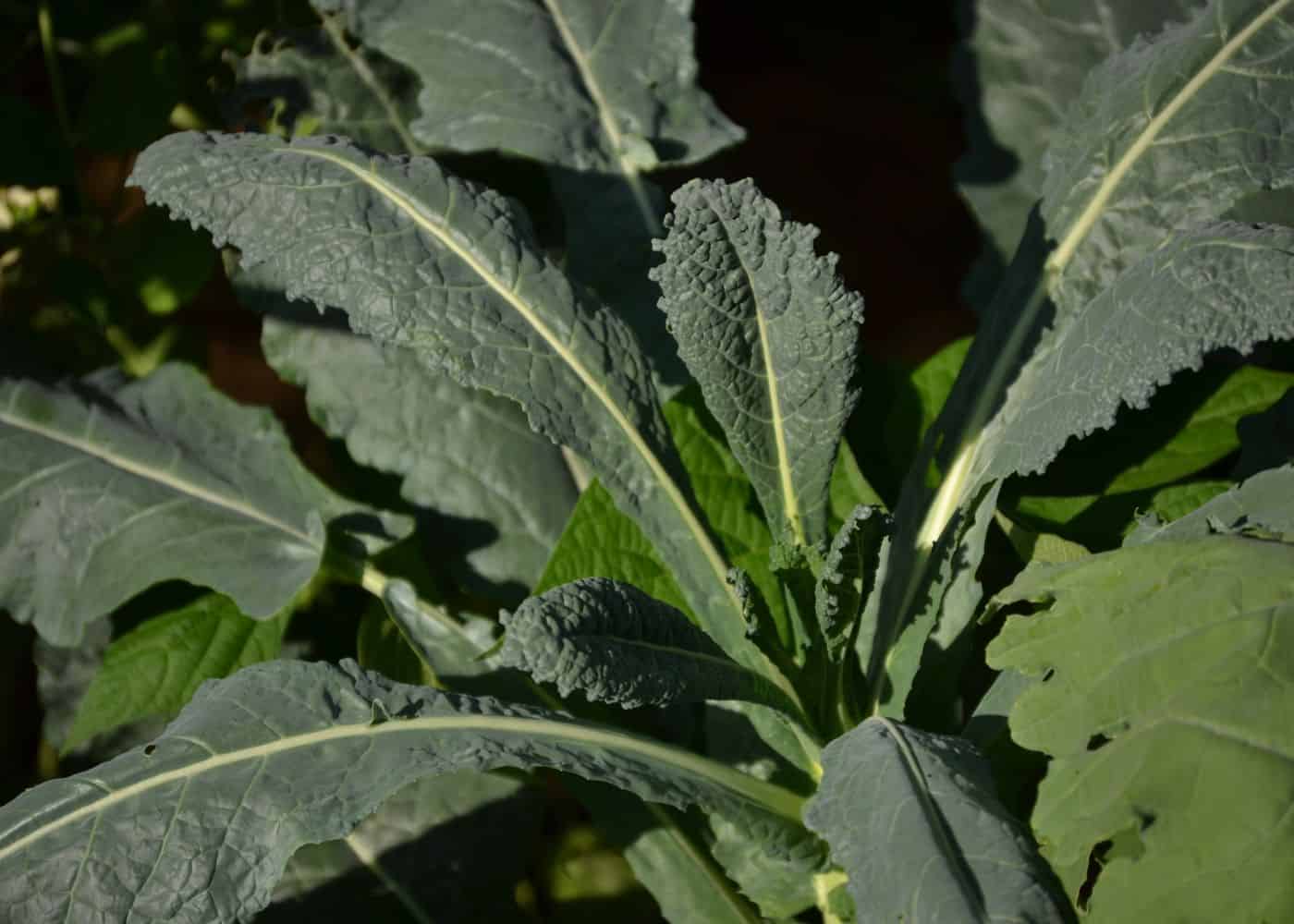
5. Kale
Kale is a leafy green vegetable that is extremely cold hardy. This is one vegetable plant that can easily survive freezing temperatures.
Kale has a mild flavor that makes it easy to incorporate into meals for both adults and children alike. When selecting kale for your garden, there are several varieties to choose from including curly kale, lacinato or dinosaur kale, red Russian kale, Siberian kale, and Scotch kale. Each variety offers different textures and flavors so you can find one that suits your taste preferences.
When growing kale at home it’s important to keep soil moist but not soggy as this will encourage healthy growth of the plant. Planting should occur in early spring when temperatures are still cool with direct sunlight preferred over partial shade during its growing season which typically lasts until late fall or early winter depending on where you live.
Fertilizing with organic matter such as compost every few weeks will help ensure optimal growth of your plants while also keeping weeds away from competing for resources like water or nutrients in the soil.
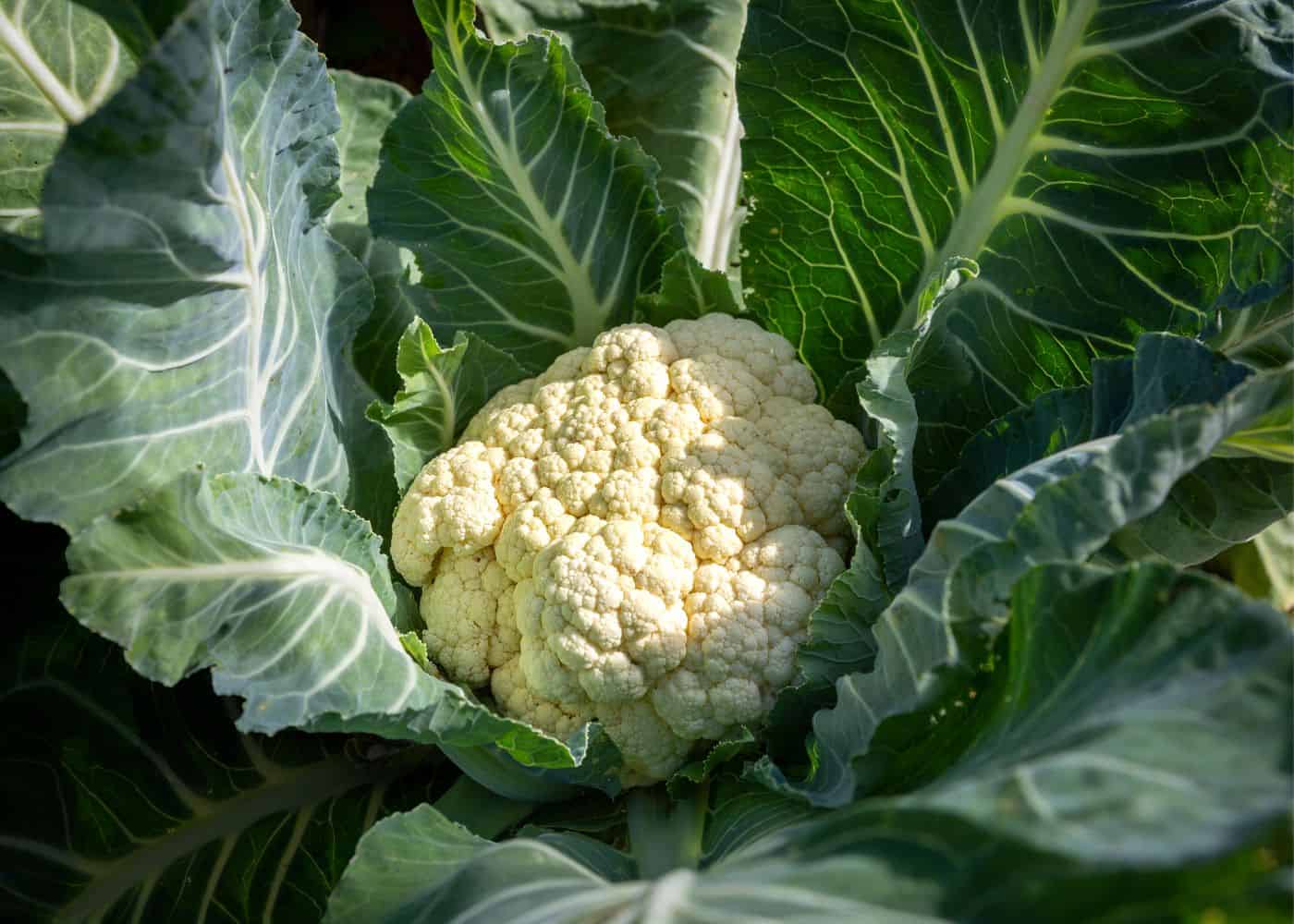
6. Cauliflower
Cauliflower, another veggie that likes cool weather, can be sown in the early spring or in late summer. Home gardeners should sow cauliflower seeds or seed pieces when daytime temperatures are between 60 and 65 degrees Fahrenheit and the soil temperature has reached at least 45 degrees.
Planting cauliflower in full sun with some light frost protection will give it the best chance of success. Cauliflower needs consistent moisture, so make sure to keep your plants well-watered during dry spells. Adding organic matter to the soil before planting helps retain water and improve drainage while providing essential nutrients for growing conditions.
When harvesting, cut whole heads off at ground level when they are firm and tightly packed with creamy white florets. Cauliflower can tolerate cooler temperatures but may not form heads if exposed to too much heat; warmer temperatures will cause it to bolt quickly.

7. Onion
Onions are a classic cool season crop to plant. You can either start with seeds or onion sets, depending upon your preference.
Onions prefer well-drained soil with plenty of organic matter to help retain moisture and keep their roots from rotting. They will tolerate light frost but need warmer temperatures for optimal growth.
For optimal growth, ensure that onions are planted at least 4 inches apart to prevent competition for resources. Once established, onion plants require minimal care: just some occasional weeding and watering during dry spells; however, it’s important to note that too much water can cause bulbs to rot before harvesting time.

8. Cabbage
Cabbage, a cool-season veggie, can be planted in the spring as soon as soil can be worked. Cabbage prefers cooler temperatures, with daytime temperatures of 65-75°F (18-24°C).
It grows best in full sun but will tolerate some shade, especially during hot summer days. The soil should be well drained and amended with organic matter prior to planting for optimal growth.
When it comes to growing cabbage, timing is key; if you plant too late in the season, your plants may bolt due to warmer temperatures. Use seeds from quick maturing varieties such as ‘Early Jersey Wakefield’ or ‘Savoy Ace’ to prevent bolting. If you want an extended harvest period, try succession planting by sowing new seeds every two weeks until mid-summer. For an even longer harvest season, you can plant your cabbage seeds indoors and transplant them into your garden when they reach 4 inches tall.

9. Spinach
Spinach is a highly adaptable and cold-hardy vegetable that can be used in salads, soups, and casseroles. Growing spinach is a breeze as it flourishes in cooler temperatures.
Planting spinach seeds directly into the soil will yield a harvest of baby leaves within 30 days; however, if you are looking for larger leaves, start your plants indoors four weeks before transplanting them outside.
When planting outdoors, make sure to space the rows 12 inches apart with each seed 1/2 inch deep and 2 inches apart from each other. Once planted water regularly as spinach loves moist soil but don’t overdo it as too much water can cause root rot or disease issues like downy mildew or powdery mildew which can kill off entire crops.
Spinach tends to bolt quickly in hot weather. It’s a good example of how cool-season crops behave (versus warm-season crops).

10. Celery
Celery is a veggie that thrives in cooler weather and can be planted in either early spring or late summer. It grows best in cooler temperatures and full sun, but it can tolerate light frost.
Growers should sow celery seeds once soil has thawed and warmed up, but while nighttime temperatures are still well below daytime highs. The seeds need warm days and cold nights to germinate properly. When planting, make sure to prepare the soil with organic matter like compost for good growing conditions.
When harvesting your celery crop, cut off individual stalks at ground level rather than pulling up the entire plant. If you’re looking for an extended harvest season from your celery plants, consider succession planting every few weeks during the shoulder season months.
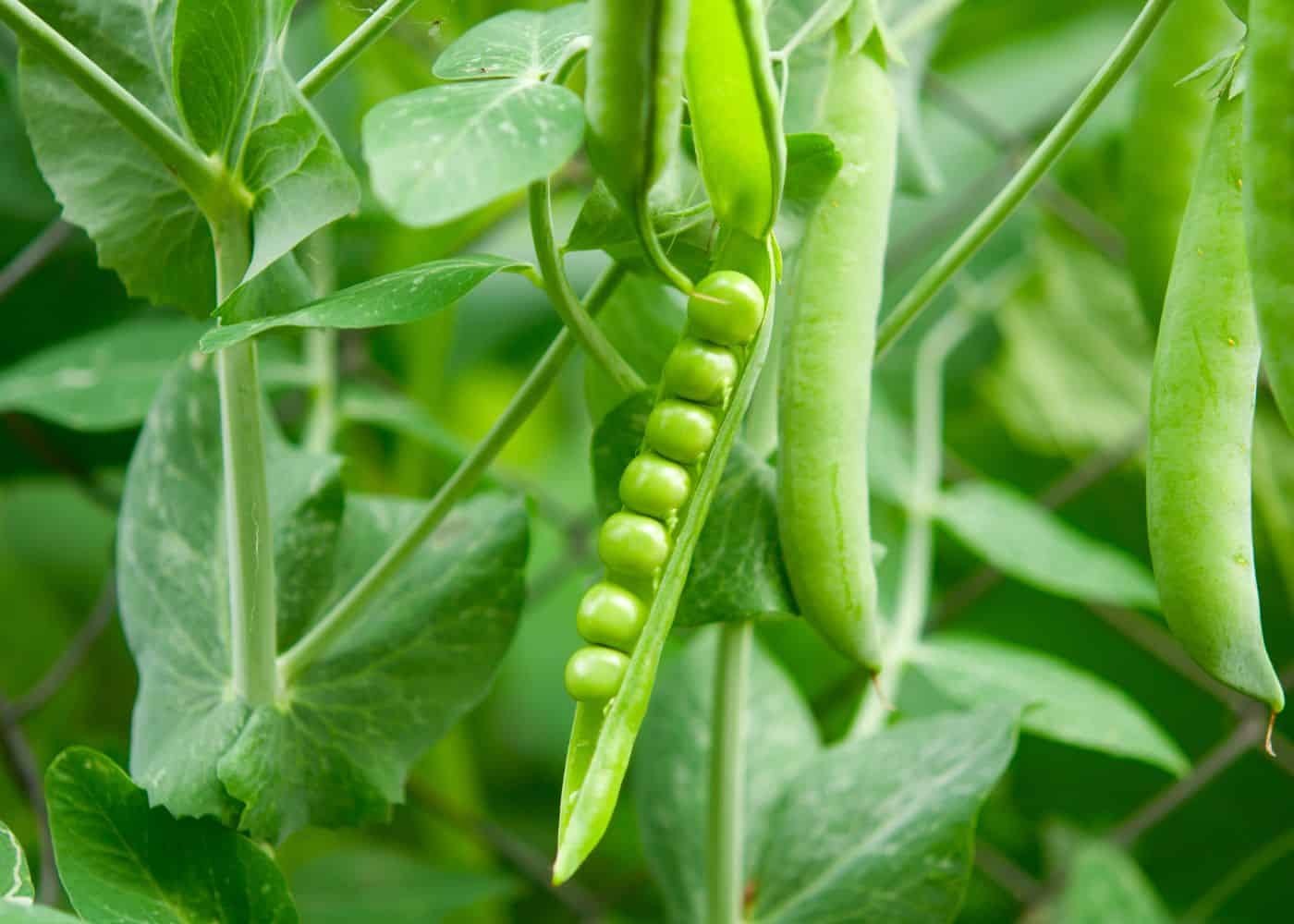
11. Peas
Peas are cold-hardy vegetables that can be planted in late winter or early spring. They prefer cooler temperatures, so they’re ideal for growing in colder climates during the very start of the gardening season.
These veggies are some of the fastest to mature from seed to harvestable size, making them perfect for those looking for an early summer crop. For best results, provide your pea plants with plenty of sunlight—ideally six hours or more daily—and moist soil with good drainage.
To ensure optimal growth conditions, add aged compost or manure into your garden bed prior to planting. You’ll also want to keep weeds away from your pea plants by either hand weeding or using mulch around them; this will help prevent competition for nutrients and water between your plants and any nearby weeds.

12. Radish
Radish is a cold hardy vegetable, making it an ideal choice for the cool-season gardener. Radishes can be harvested in a flash, with only four weeks needed after sowing to get them out of the ground for some of the early varieties.
Radishes are best planted in late winter or early spring when temperatures are still cool but the soil has thawed. Radish prefers cooler temperatures and will bolt if exposed to too much heat during the growing season. Planting seeds 1/4 to 1/2 inch deep with 2 inches between each seed will ensure optimal growth and harvestable size within 4 weeks’ time.
Radishes come in many shapes and sizes, from round red globes to long white cylinders. These root veggies are great additions to salads or sandwiches for a fresh green crunch.

13. Parsley
Parsley is a cold hardy leafy herb that can be grown in cool-season climates, making it an ideal winter crop. Parsley prefers temperatures between 45-85°F (7-29°C) and can even survive light frost if given some protection with a cold frame or other covering.
Plant parsley seeds early in the spring after your last frost date for a late summer harvestable size. When planted outdoors, make sure to give it plenty of space as parsley can reach up to two feet tall.
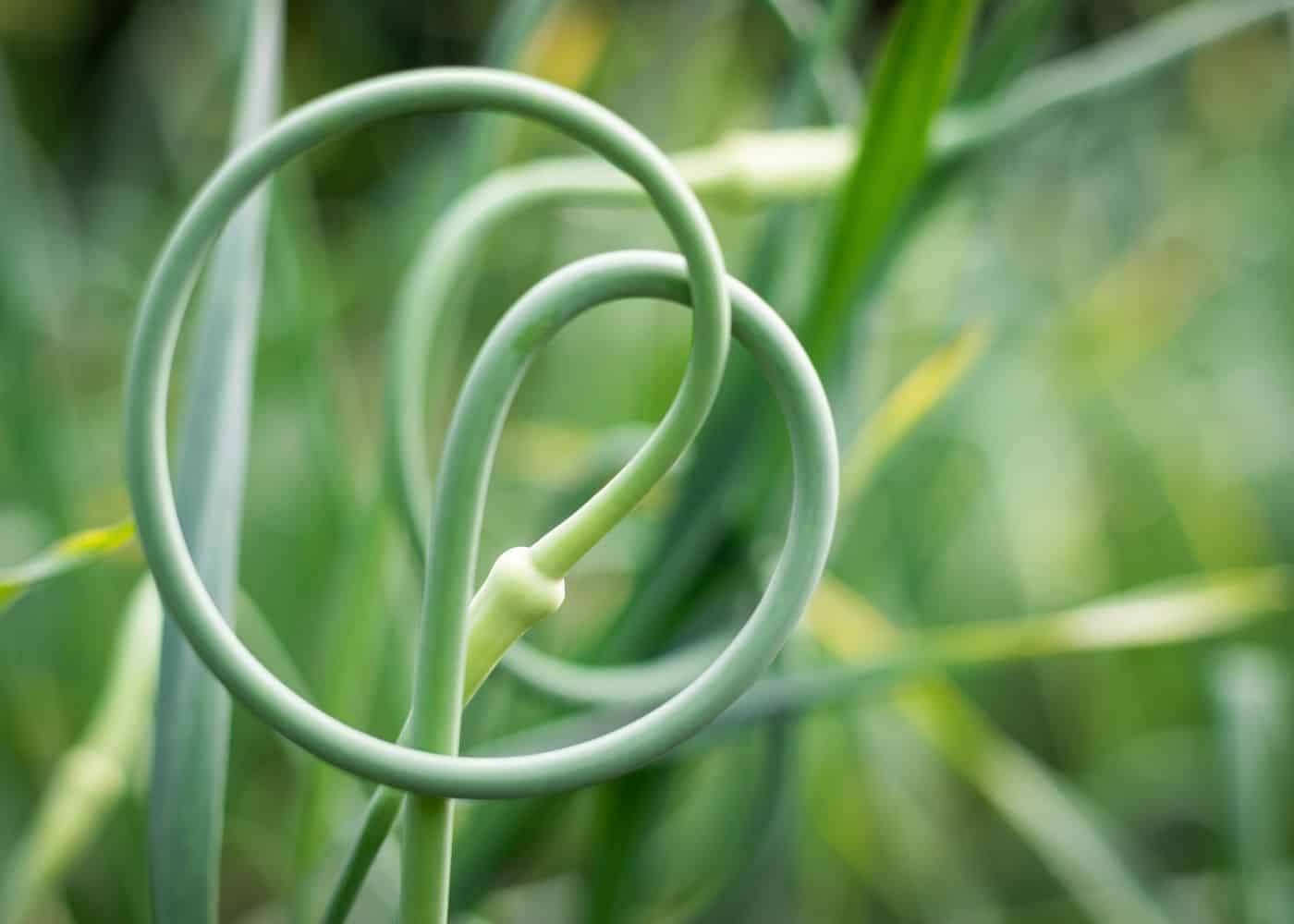
14. Garlic
Garlic is a cold-hardy vegetable that can be planted in the cool season. In temperate climates, garlic is usually planted in early fall. The bulbs stay in the ground when it freezes in the winter before sprouting in the spring and maturing for harvest around June.
Garlic is a perfect crop for new gardeners (especially if you don’t get your footing before mid-summer and are looking for something to do in September). Here is a detailed guide all about how to grow garlic.

15. Turnip
Turnips are a cool-season vegetable that can be planted in the spring or fall. Theese root vegetables prefer well-drained soil with plenty of organic matter. Planting in raised beds will help ensure good drainage and provide better air circulation around the plants.
Root crops like turnip do best when direct seeded. If you’re starting from seed, sow them directly into the ground about 1/2 inch deep after all danger of frost has passed in early spring or late summer/early fall when temperatures begin to drop again.
Keep soil evenly moist but not soggy while they germinate which usually takes 7-14 days depending on temperature conditions. Thin seedlings to 4-6 inches apart once they reach 2 inches tall so each plant has enough room to grow properly without competing with its neighbors for nutrients and water resources.
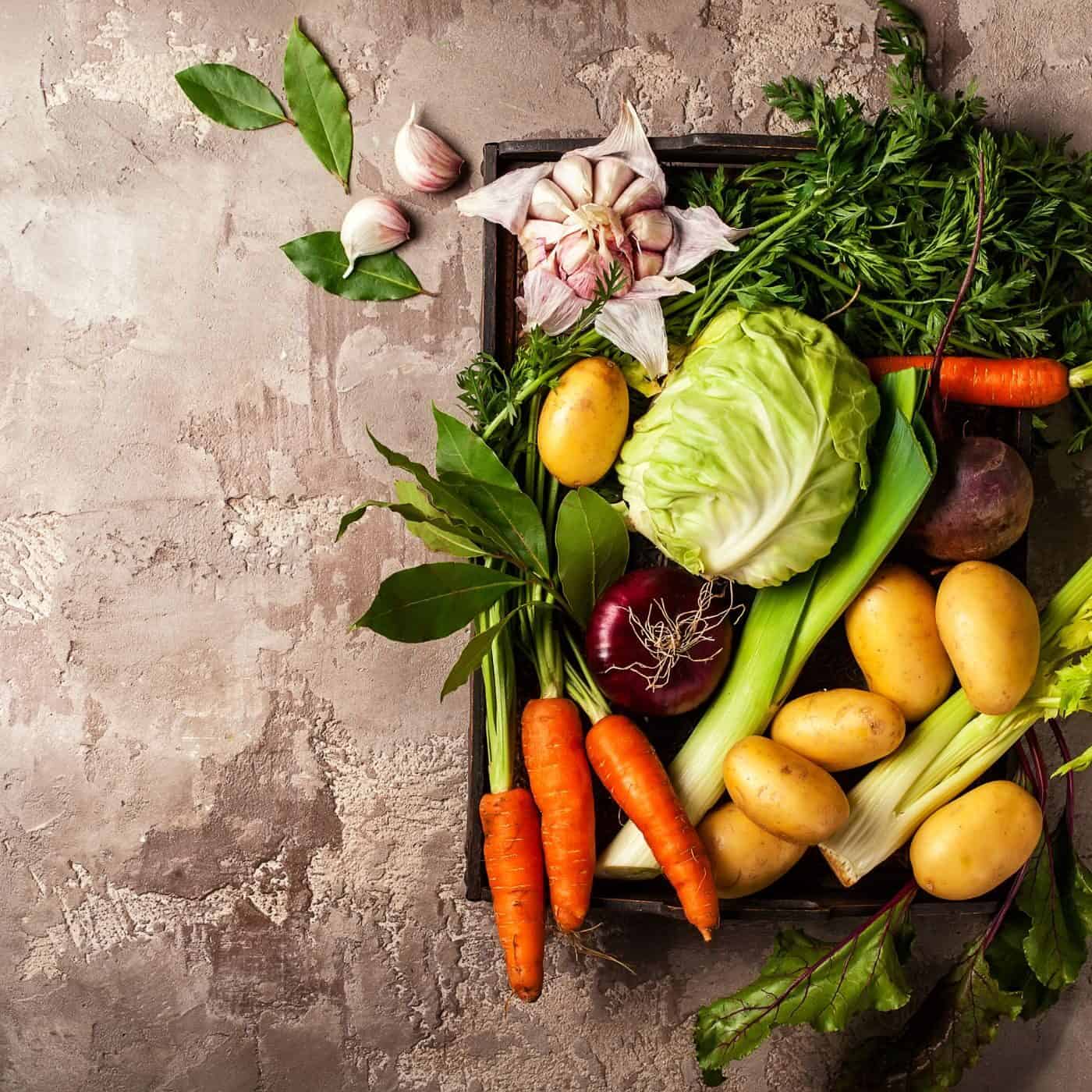
16. Leek
Leek is an underrated vegetable that’s a star of the cool season garden. It’s a member of the onion family, and its mild flavor makes it a great addition to any dish.
Leeks can be cultivated in a variety of climates if they are given adequate hydration and light. Planting leeks in your garden can be rewarding because they require minimal maintenance once established. The key to success is starting the seeds very early in the season (typically January or February).
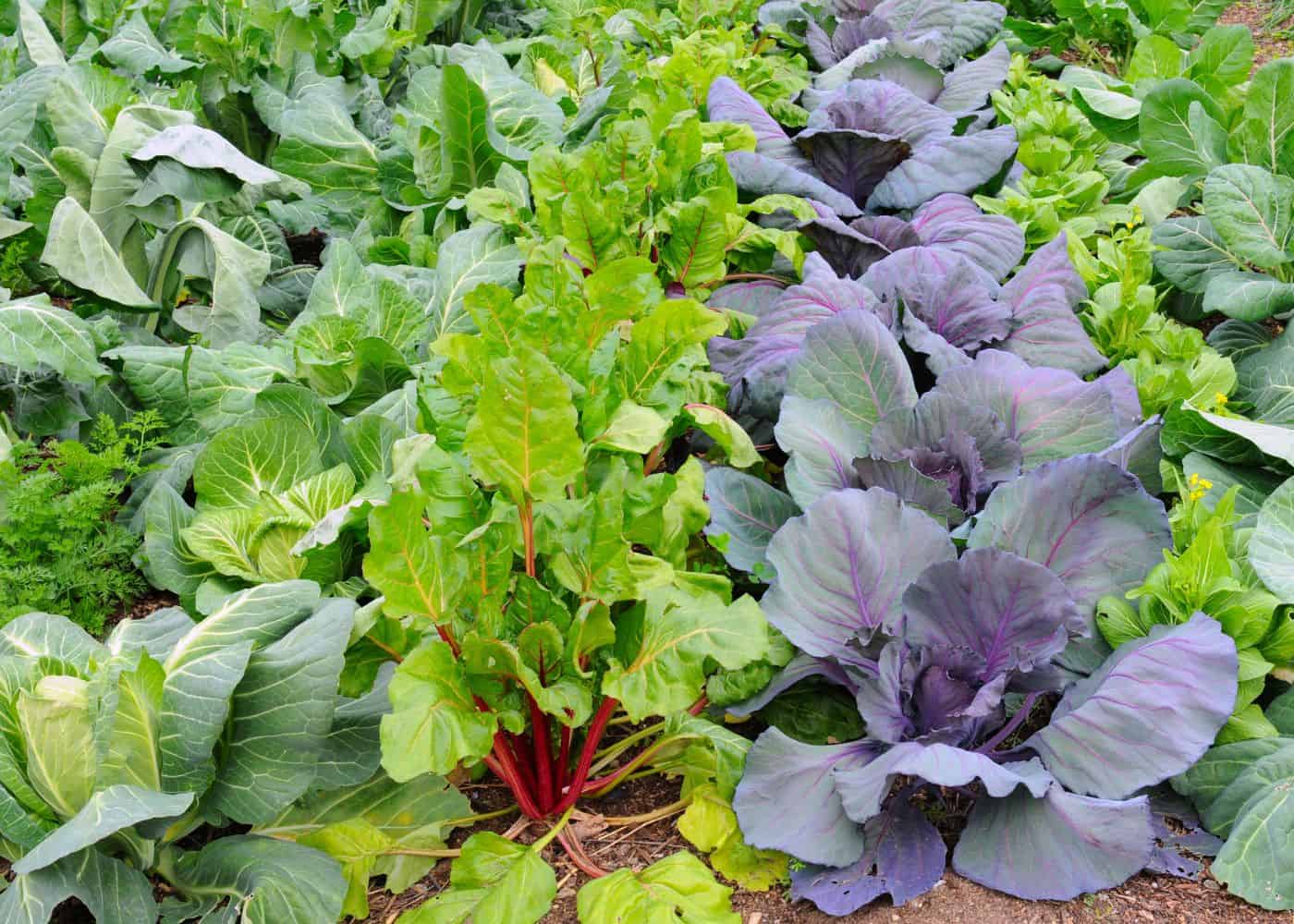
17. Swiss chard
Swiss chard is a great choice for gardeners looking to plant cold-hardy greens in the cool season. These plants prefer cooler temperatures, so they’re perfect for areas with light frost or temperature drops in the late spring and early summer months. Swiss chard will even tolerate some of the colder climates during the winter months if given proper protection such as a cold frame or other means of insulation from extreme weather.
Swiss chard is also one of the fastest vegetables you can grow, reaching harvestable size in just 30-45 days. There are lots of varieties available, from the plain white-stemmed chard to the popular ‘Bright Lights’ rainbow stem series.
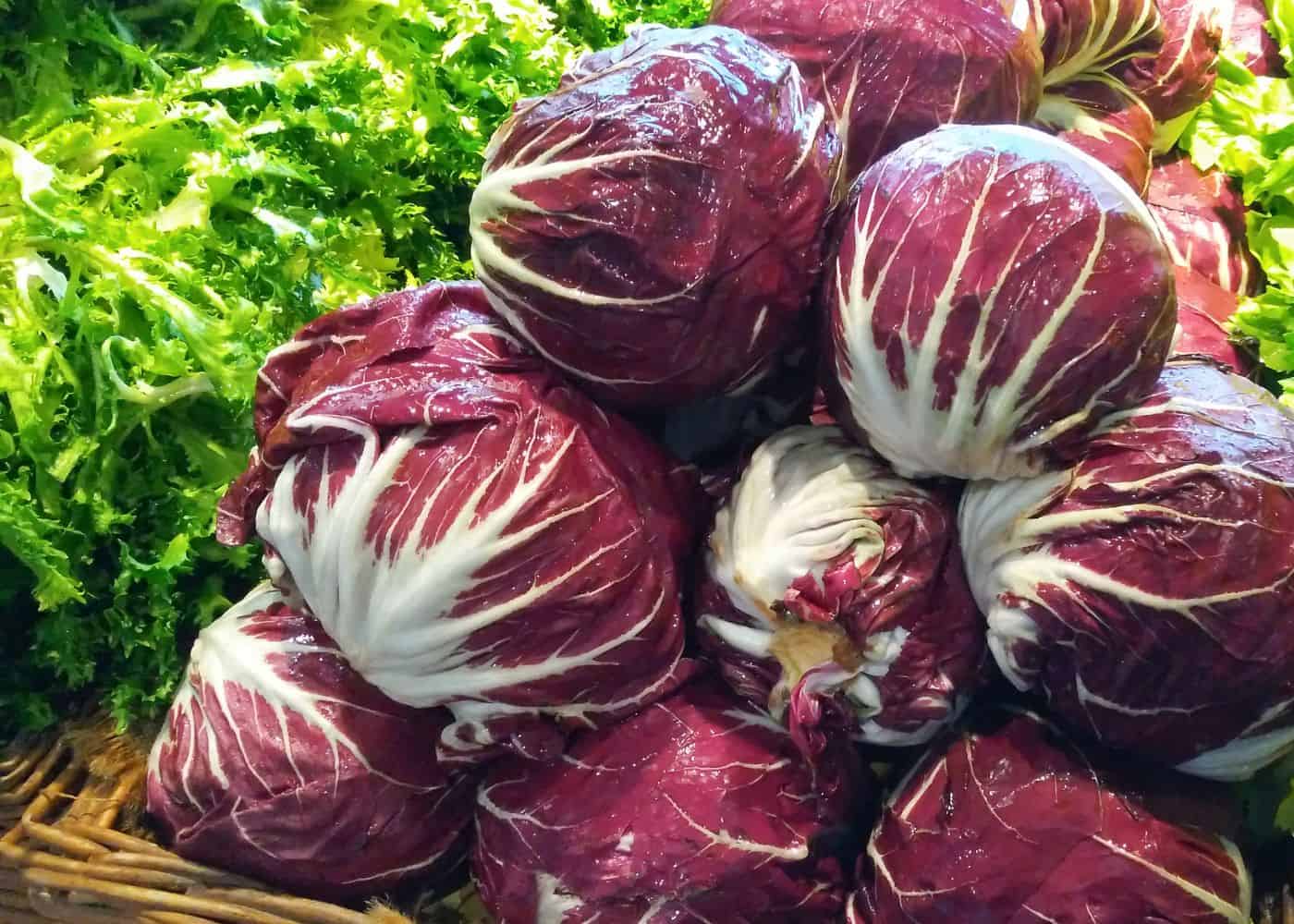
18. Radicchio
Radicchio, a member of the same family as cabbage and kale, is surprisingly simple to grow. Radicchio can be planted in late winter or early spring when temperatures are still cool and will easily tolerate light frost.
It prefers temperatures between 45°F (7°C) and 75°F (24°C), so you can keep your radicchio growing until the temperature drops too low for it to survive. If you have a cold frame or hoop house, you may be able to extend your radicchio season even further into the fall and winter months.
Once established, radicchio is one of the fastest vegetables around – from planting seedlings or sowing seeds directly in the garden bed, you’ll have harvestable size heads within just 2-3 months. Plus, because they’re so fast-growing, they make great additions to any outdoor garden plot if space allows. Plant kohlrabi alongside them for an extra dose of color in your veggie patch.

19. Beet
Beets are a cold hardy vegetable that makes a great addition to any cool-season garden. They’re fast-growing and some cultivars can be harvested in as little as 45 days from planting.
When it comes to planting beets, you don’t need to be a gardening expert – just choose a spot with full sun and prepare the soil by loosening it up with some compost or fertilizer before sowing your seeds. Moisture is essential for the seedlings to thrive, yet be careful not to over-saturate; keep it damp but not soaked. Once they reach harvestable size (about 2 inches across), you can pull them out of the ground one at a time without disturbing other plants nearby – perfect for those who prefer precision over speed.
If you live in colder climates, consider adding some extra protection such as mulch around the base of each plant during light frosts. This will help insulate them from extreme temperatures and ensure successful harvests all winter long. And don’t forget about companion planting: greens like kale, mustard greens, turnip greens, radicchio, and swiss chard do well alongside beets – just remember that these veggies prefer cooler temperatures than their beet buddies so plan accordingly when mapping out your outdoor garden space.
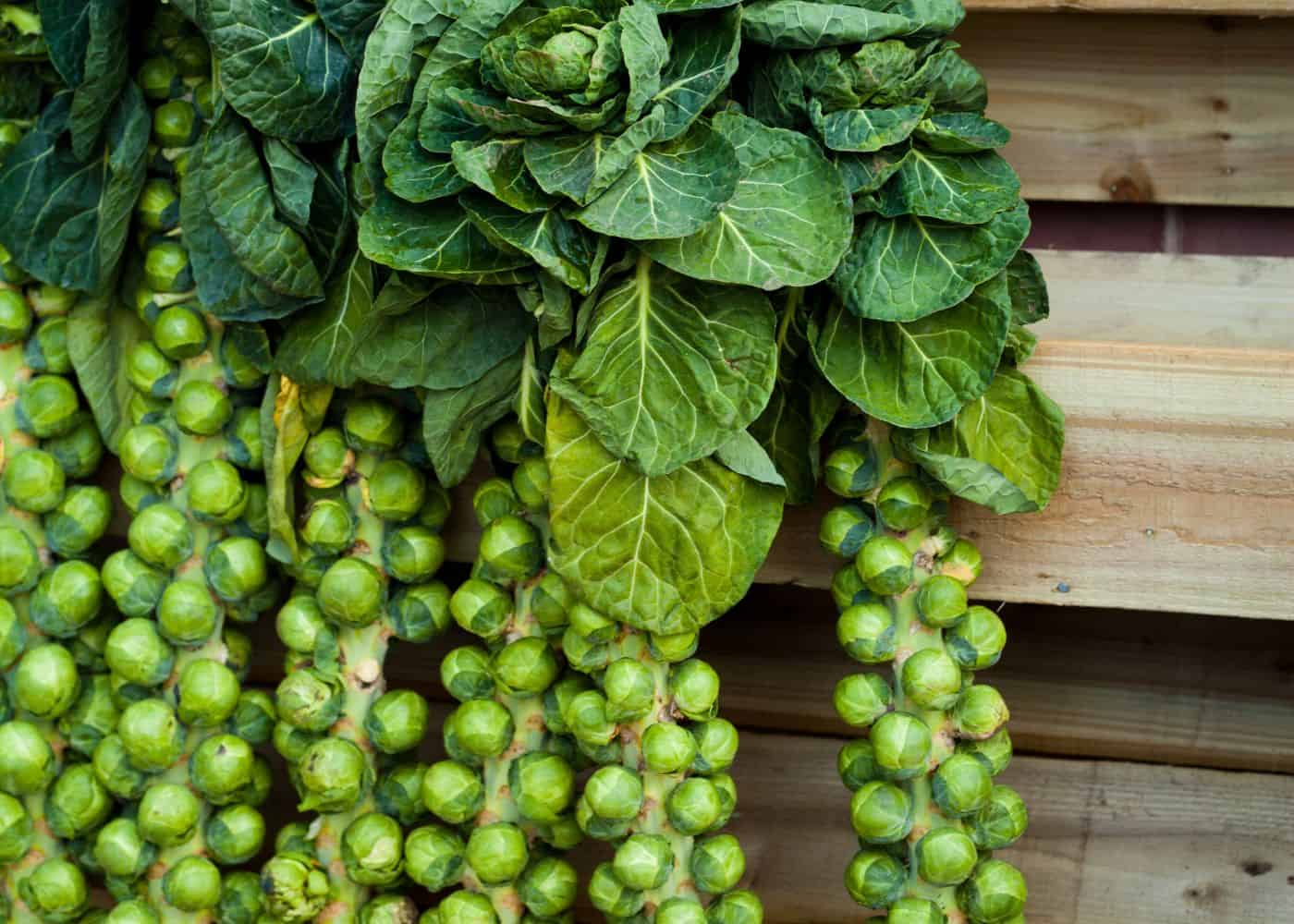
20. Brussels sprouts
Brussels sprouts are a cold-hardy vegetable that can be planted in late winter or early spring when temperatures drop and the ground is still cool. They prefer cooler temperatures and will grow best if exposed to light frost or even snow. You can start the seeds indoors and then harden them off before transplanting the seedlings outdoors.
Ensure your Brussels sprouts get a good amount of sunlight, at least six hours daily, to reach their optimal harvest size by the start or end of summer. You should also keep in mind that these vegetable plants take up a surprising amount of space, so plan accordingly.
